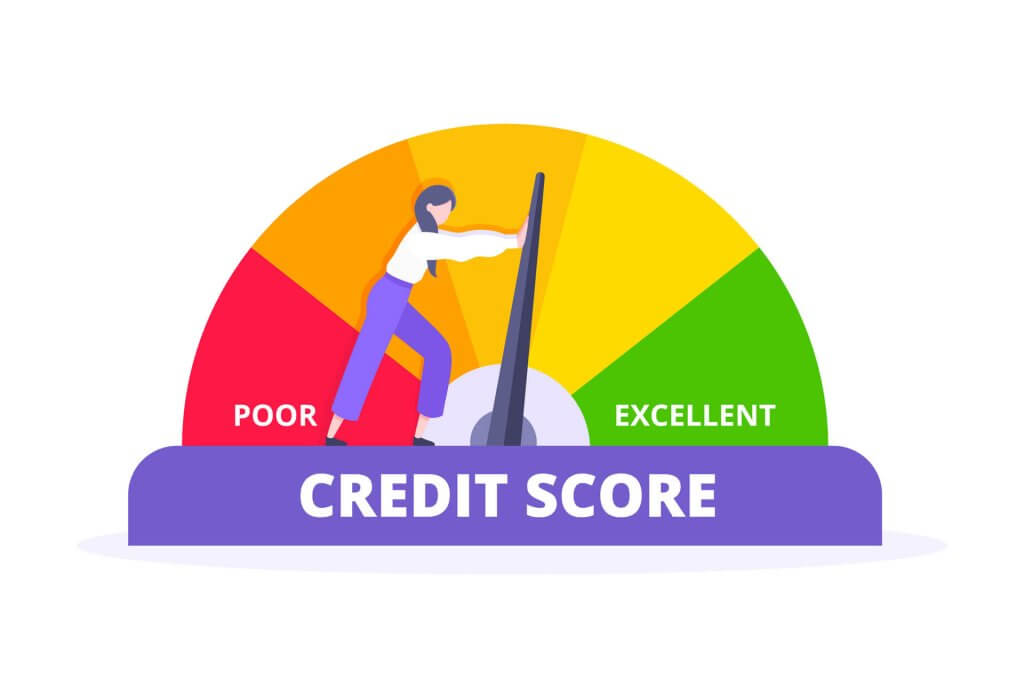Rebuilding your credit and regaining financial stability is faster and easier than you think.
I have been helping clients in Sonoma County and the surrounding counties become debt-free for 33 years. A couple of decades ago it took clients a few years to rebuild credit after the bankruptcy was done. That was a long time ago. For the past many years, access to new credit at reasonable interest rates has been the norm. Clients tell me they receive credit offers within weeks of the bankruptcy being filed, including car loan offers from nearly every local dealership, credit cards from all the major banks, and the ability to get home loans at regular interest rates within a year of the closing of their case. Most of my clients have a 700-credit report score within a year or two of their bankruptcy. How is that possible?
The main reason is the shift in perspective of commercial lenders from a punitive to a pragmatic approach. Lenders figured out that a person who just discharged all their unsecured debt is more able to pay on any new debt that is incurred. Further, lenders understand that a borrower fresh out of bankruptcy can’t file again for 8 years and so is a good credit risk. Ultimately, a prospective borrower that is debt-free and can’t file bankruptcy is the best credit risk from a lender’s standpoint. Thus, my clients can obtain new credit just by carefully and cautiously applying for and using the credit offered them.
This comprehensive guide will walk you through the steps to help you achieve a fresh financial start.
Key Steps to Rebuild Your Credit
Check Your Credit Report:
Obtain a Free Copy: Request a free copy of your credit report from all three major credit bureaus (Equifax, Experian, and TransUnion).
Review for Errors: Carefully review your report for any inaccuracies or errors. Dispute any incorrect information promptly.
Understand the Impact: Note the negative entries related to your bankruptcy and their expected duration.
Create a Budget:
Track Income and Expenses: Develop a detailed budget to track your income and expenses.
Live within your means: Prioritize essential expenses and avoid unnecessary spending.
Build an emergency fund: Aim to save at least three to six months’ worth of living expenses to prepare for unexpected situations.
Pay Bills on Time:
Consistent Payments: Make all your monthly payments on time, including rent, utilities, and any remaining debts.
Establish a Payment History: Consistent on-time payments demonstrate responsible financial behavior.
Obtain a Secured Credit Card:
Secured Credit Limit: A secured credit card requires a cash deposit that acts as your credit limit.
Responsible Use: Use the card responsibly by making small purchases and paying off the balance in full each month.
Build a Positive History: Consistent on-time payments will help improve your credit score over time.
Consider Authorized User Status:
Positive Impact: Ask a trusted family member or friend with good credit to add you as an authorized user on their credit card.
Benefits: This can help increase your credit history and improve your credit score.
Caution: Be aware that negative activity on the primary cardholder’s account may also affect your credit.
Rebuild Gradually:
Start Small: Begin with a secured credit card and gradually apply for additional credit as your score improves.
Avoid Overextending: Be cautious about applying for multiple new credit accounts at once, as this can negatively impact your credit score.
Monitor Your Progress:
Regular Checks: Review your credit report periodically to track your progress and identify any potential issues.
Adjust Your Strategy: If necessary, adjust your approach based on your progress and changing circumstances.
Additional Tips for Rebuilding Credit
Dispute Errors: If you find errors on your credit report, dispute them promptly to correct any inaccuracies.
Avoid High-Interest Debt: Be mindful of high-interest debt, such as payday loans or credit card balances.
Consider Credit Counseling: If you’re struggling with debt management, consider seeking professional credit counseling.
Be Patient: Rebuilding credit takes time. Don’t get discouraged by slow progress.
Remember, rebuilding credit after bankruptcy is a journey, not a destination. By following these steps and maintaining financial discipline, you can gradually improve your credit score and regain access to financial opportunities.
Disclaimer: The information provided in this blog post is for general informational purposes only and does not constitute legal advice. It is always recommended to consult with a qualified bankruptcy attorney for personalized guidance tailored to your specific circumstances.
I’m proud to say that with over 65 5-star reviews on Google, the Law Offices of Brian Barta has more 5-star reviews than any other bankruptcy law firm in Northern California. To see more of those reviews go to Google reviews.
If you are suffering with the practical, emotional, and psychological pain caused by overwhelming debt, give yourself the opportunity for a fresh start. To learn more about how bankruptcy can help you protect your property, and stop wage garnishments and earnings withholding orders, call an attorney who understands your situation, and who can give you expert advice. For 33 years, I’ve helped literally thousands of residents of Sonoma, Marin, Napa, and Lake Counties file bankruptcy and get a fresh start.
For a free consultation about your options, call the Law Offices of Brian Barta at (707) 542-2844 or email to BartaBK@sonic.net.

